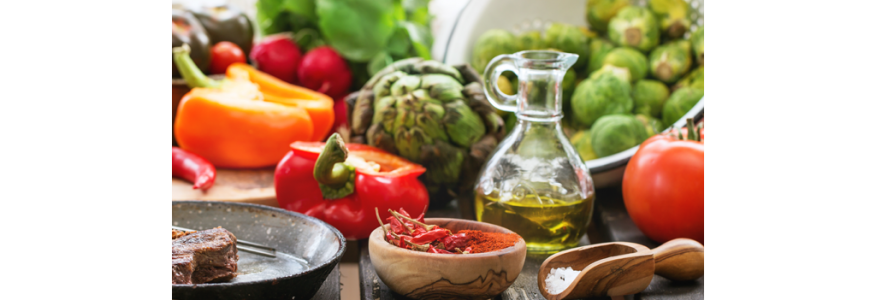Canned Fruits and Vegetables Can Be a Good Source of Nutrients

As a naturopath and a believer of eating fresh whenever possible, it may sound almost sacrilegious to say what I am about to say. But here goes: canned fruits and vegetables can be a good source of nutrients. Despite our cultural insistence that canned products are not nearly as nutritionally valuable as fresh products, the truth is actually quite different. A good example is canned artichokes.
Artichokes are an excellent source of vitamin C, iron, folate, and fiber. Furthermore, the artichoke has one of the highest antioxidant capacities among all vegetables. The difficulty with this vegetable is the fact that we are very limited in where it can be grown. So finding fresh artichokes at your local grocery store is both challenging and expensive. Canned products are the next best thing.
Canning Does Preserve Nutrients
Many of us believe that fresh fruits and vegetables are exponentially more nutritious than their canned counterparts because we do not truly understand the canning process. Canning is a centuries-old practice that involves cooking at high temperatures for minimal amounts of time, then preserving in sterilized cans immediately. The key to the whole thing is to harvest at peak ripeness.
Assuming fruits and vegetables are harvested at the right time, they retain maximum nutritional value when processed. Yes, high-temperature cooking does result in some minor loss of nutritional value, but not as much as people like to believe. Canned artichokes still retain nearly all of their nutrients, despite being packed in a can and shipped halfway around the world.
Learn to Can Yourself
Despite the fact that canning does not significantly reduce the nutritional value of fruits and vegetables, you still might be suspicious of Big Food’s ability to supply you with the healthiest products. Fair enough. But you can learn to can yourself. It is relatively easy and a good way to make positive use of family time.
There are two basic forms of canning practiced in American households. The first is known as the water bath method; it is perfect for fruits, fruit juices, spreads, pickles, tomatoes, and more. This process involves preparing your canning jars and keeping them hot while you gently simmer your fruits or vegetables over medium heat. When everything is ready, you fill the cans, seal them, and you are done.
The second process is known as pressure canning. This is also a good choice for vegetables, but you can use pressure canning for meats, seafood, and poultry too. The main difference is that you will be using a pressure canner to help finish the cooking process under pressure. It is a bit more involved, so there is some learning to be done.
Benefits of Canning
We have determined that canned fruits and vegetables still offer enough nutritional value to make them worthwhile AND that you can learn to can yourself if you don’t trust products bought off-the-shelf. But why does all of this matter?
As a naturopath, I cannot count how many times people have told me they do not eat proper amounts of fruits and vegetables because they simply do not have time to prepare fresh recipes. Let’s face it; time is a precious commodity in our busy society. Canning addresses this problem by offering fruits and vegetables that need no preparation other than heating them in the microwave if you so desire.
Canned fruits and vegetables are an excellent substitute for fresh or a supplement thereof. Don’t discount the value of canned products under the mistaken belief that the canning process destroys their nutritional value. It does not.









